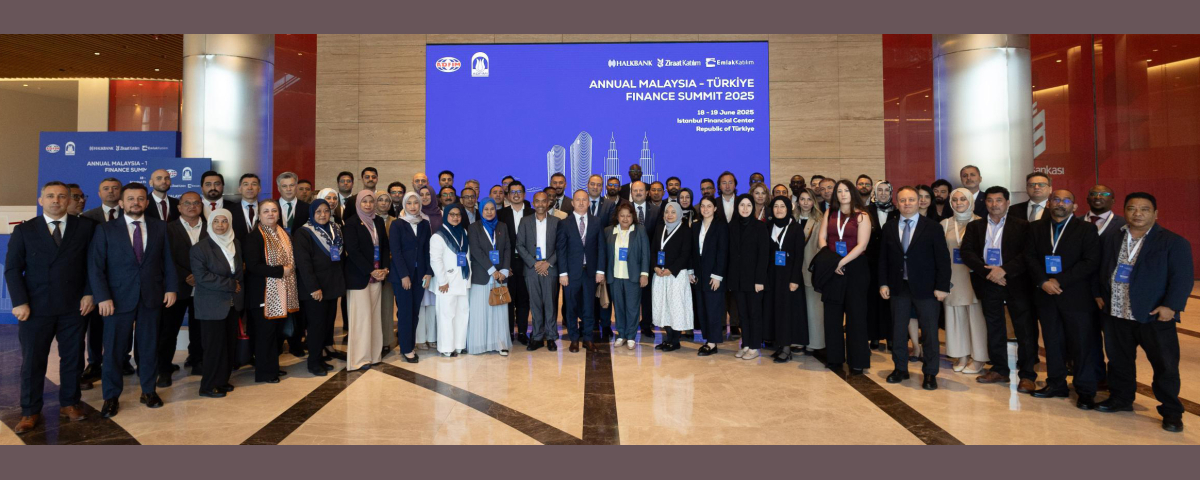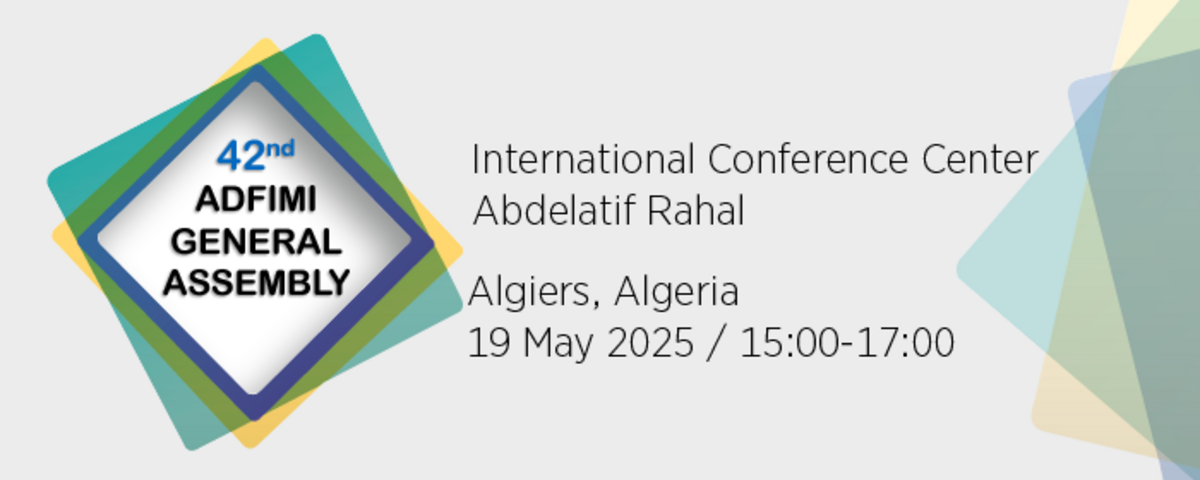Growth Boom Continuing in the Caucasus and Central Asia, but Highlights the Need for Vigilance Against Inflationary Pressures and Excessive External Borrowing, May 29,2007
IMF´s Middle East and Central Asia Department Sees the Growth Boom Continuing in the Caucasus and Central Asia, but Highlights the Need for Vigilance Against Inflationary Pressures and Excessive External Borrowing, May 29,2007
Macroeconomic performance in the Caucasus and Central Asia region has been extremely impressive in recent years, with growth averaging around 11 percent over the past four years, combined with generally moderate inflation. The growth rates in the region have been the highest among transition countries and compare very favorably with the fastest growing economies in Asia and the rest of the developing world. Both oil and gas exporters (Azerbaijan, Kazakhstan, and Turkmenistan) and non-oil exporters (Armenia, Georgia, Kyrgyz Republic, Tajikistan, and Uzbekistan) have fared well. Growth in the region is projected to exceed 12 percent in 2007.
The region´s strong performance reflects a combination of improved macroeconomic management, structural reforms, booming commodity exports, and large inflows of foreign direct investment and remittances.
-
Inflation has fallen significantly in most countries since 2000, in part owing to greater fiscal and monetary discipline. Fiscal consolidation, privatization and, in some cases, debt relief, have led to declines in debt-to-GDP ratios in all countries. Foreign exchange reserves have been built up and now provide some cushion against possible external shocks.
-
Several countries have embarked on important reforms to improve governance and the business environment. Countries have reformed their public finance institutions, enhanced regulatory environments, and improved financial sector supervision.
-
High oil prices and rising oil production have stimulated activity in the construction and services sectors in Kazakhstan and transportation in Azerbaijan. High prices for non-oil commodities are benefiting several countries, especially Uzbekistan. Elsewhere, large inflows of remittances have contributed to rising domestic demand. Stable macroeconomic conditions and an improved business environment have also attracted substantial foreign direct investment, notably in Georgia and Armenia.
Rapid economic growth has led to rising per capita incomes and some reduction in poverty, even though the overall levels of poverty remain high. To sustain the recent growth performance and reduce poverty further, the region will need to address two main challenges.
-
Large foreign inflows are fueling a resurgence of inflation in the region-which is projected to be 11 percent in 2007-and causing real exchange rates to appreciate. Tighter fiscal and monetary policies, and more nominal exchange rate appreciation would help to limit inflationary pressures. So far, there is little sign that real exchange rate appreciation is holding back exports or GDP growth, but further productivity-enhancing structural reforms will help to ensure that competitiveness in maintained.
-
Progress in cementing macroeconomic stability, lowering debt, and improving the business environment are opening up new opportunities for large-scale foreign borrowing. While these could provide much-needed financing for infrastructure and social projects, they need to be carefully balanced against the risks that excessive borrowing could once again lead to unsustainable debt positions. To mitigate such risks, the authorities should adopt well-defined debt management strategies, ensure spending is consistent with absorptive capacity, and implement improved financial management to avoid waste.
CONTENTS of the REPORT
Contents
| Recent Macroeconomic Developments and Prospects | ||
| Highlights Background | ||
| Recent Economic Developments | ||
| Economic Outlook | ||
| World economic outlook | ||
| Outlook for the region | ||
| Policy Issues | ||
| Boxes | ||
| 1. | What is Behind the Growth Boom in the Caucasus and Central Asia? | |
| 2. | Paradox of Depreciating Real Effective Exchange Rates in GCC Countries | |
| 3. | Islamic Bonds | |
| 4. | Lebanon—Recovery from Conflict | |
| 5. | The Fund's Role in Post-Conflict Countries in MCD | |
| 6. | Oil Income in the Middle East and Central Asia—An Update | |
| 7. | Financial Sector Reforms and Financial Integration in Maghreb Countries | |
| Text Figures | ||
| 1. | Global Real GDP Growth | |
| 2. | Real GDP Growth in MCD | |
| 3. | External Current Account Balance | |
| 4. | Non-Oil Commodity Prices | |
| 5. | Gross Official Reserves | |
| 6. | Central Government Fiscal Balance | |
| 7. | Total Government Debt | |
| 8. | Counterparts to Money Supply | |
| 9. | Credit to the Private Sector | |
| 10. | Consumer Price Index | |
| 11. | Nominal Effective Exchange Rates | |
| 12. | Real Effective Exchange Rates | |
| 13. | Selected MCD Countries Stock Market Indices | |
| 14. | Global Outlook | |
| 15. | Expected Brent Crude Oil Prices | |
| Statistical Appendix | ||
| Data and Conventions | ||
| Tables | ||
| 1. | Real GDP Growth | |
| 2. | Nominal Gross Domestic Product | |
| 3. | Hydrocarbon and Non-hydrocarbon Real Growth for Oil Exporters | |
| 4. | Crude Oil Production and Exports | |
| 5. | Consumer Price Index | |
| 6. | Broad Money | |
| 7. | Central Government Fiscal Balance | |
| 8. | Central Government Total Revenue Excluding Grants | |
| 9. | Central Government Non-Oil Fiscal Balance | |
| 10. | Central Government Non-Oil Revenue | |
| 11. | Central Government Total Expenditure and Net Lending | |
| 12. | Total Government Debt | |
| 13. | Export of Goods and Services | |
| 14. | Import of Goods and Services | |
| 15. | Current Account Balance (in billions of U.S. dollars) | |
| 16. | Current Account Balance (in percent of GDP) | |
| 17. | Real Effective Exchange Rates | |
| 18. | Gross Official Reserves | |
| 19. | Total Gross External Debt | |
Details:
Regional Economic Outlook: Middle East and Central Asia (REO)


.jpg?id=4_638)



